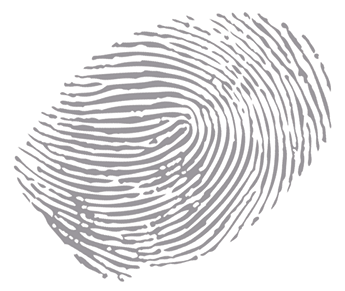Scientists at the anti-counterfeiting company Systech have spent years developing their e-fingerprinting technology, and they predict it’s going to be a big hit in pharma and beyond. We caught up with president and CEO Bob DeJean at INTERPHEX 2015 in New York to find out more.
What is e-fingerprinting?
We already take a photo of each label to verify serialization at many stages during the manufacturing and packaging process – our patented e-fingerprinting technology analyses the printing imperfections of the label and other characteristics to give a unique signature. The system uses unique noise from the time each label was printed – it is as unique as a fingerprint or snowflake, there’s only one – it can’t be predicted or replicated, and so cannot be counterfeited. You can’t reverse-engineer the random vibration of a production line or the humidity in the factory on a specific day. We have been trying to get rid of the ‘noise’ on our labels for decades – now we’re using it to our advantage!




